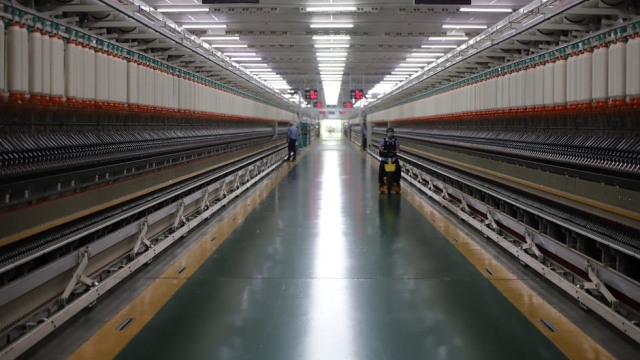
In the fast-paced world of hospitality, the efficiency of textile distribution plays a crucial role in maintaining operational excellence and guest satisfaction. Hotels, restaurants, and other hospitality establishments rely heavily on textiles—such as linens, towels, and uniforms—to create a welcoming environment. Therefore, having a streamlined approach to textile logistics is essential for ensuring that these materials are available when and where they are needed. efficient textile distribution not only enhances service quality but also contributes to cost savings and improved resource management.
The Challenges of Textile Logistics in Hospitality
Despite its importance, the logistics of textile distribution can be fraught with challenges. One significant issue is inventory management. Hospitality businesses often struggle to maintain the right balance of stock. Over-ordering can lead to excess inventory, which ties up capital and storage space, while under-ordering can result in shortages that affect service quality. Additionally, the variety of textiles required for different functions—ranging from bed linens to event tablecloths—complicates inventory planning.
Another challenge is supplier relationships. Establishing and maintaining strong partnerships with textile suppliers is vital for effective distribution. However, fluctuating demand or inconsistent quality can strain these relationships and disrupt operations. Furthermore, logistical hurdles, such as transportation delays and inefficient routing, can hinder timely deliveries, impacting the overall guest experience.
Strategies for Streamlining Textile Logistics
To overcome these challenges, hospitality businesses can implement several key strategies aimed at enhancing their textile distribution processes. One effective approach is to adopt an inventory management system that tracks usage patterns and helps predict future needs. By analyzing data on linen turnover rates and peak usage times, businesses can better align their ordering practices with actual demand, thus improving their inventory levels.
Strengthening supplier relationships is another critical strategy. Regular communication with suppliers can help businesses stay informed about lead times, product availability, and potential issues. Establishing agreements that allow for flexibility in orders can also create a buffer against unexpected changes in demand. This collaborative approach can foster a more reliable supply chain, ensuring that textiles are delivered on time and meet quality standards.
Additionally, investing in training for staff involved in textile management can lead to better handling and upkeep of materials. Educated staff are more likely to implement best practices, ensuring that textiles are maintained in good condition, which extends their lifespan and reduces replacement costs.
Innovative Technologies in Textile Distribution
Emerging technologies are poised to revolutionize efficient textile distribution in the hospitality industry. For example, automation in inventory management can significantly improve accuracy and speed. Utilizing RFID technology allows businesses to track textiles in real time, providing visibility into stock levels and reducing the likelihood of errors. This technology not only streamlines the distribution process but also enhances accountability throughout the supply chain.
Moreover, data analytics tools can provide insights into trends and patterns that inform procurement decisions. By leveraging these insights, businesses can make more informed choices about quantities to order and when to place those orders, leading to better resource allocation and reduced waste.
Finally, adopting a centralized management system for textile logistics can facilitate communication among various departments, ensuring that everyone has access to the same information. This alignment can help streamline operations, reduce redundancies, and ultimately support a more efficient distribution process.
In conclusion, efficient textile distribution is a cornerstone of operational success in the hospitality industry. By addressing the challenges related to logistics, implementing strategic inventory management practices, cultivating strong supplier relationships, and leveraging innovative technologies, hospitality businesses can enhance their textile distribution processes. For those looking to explore options in textile supply and solutions that promote efficient distribution, resources and products are readily available to support these efforts.
For more information about enhancing textile distribution in your hospitality business, consider exploring the offerings available at Hanbi Hotel Supplies, where you can find resources tailored to your needs.
